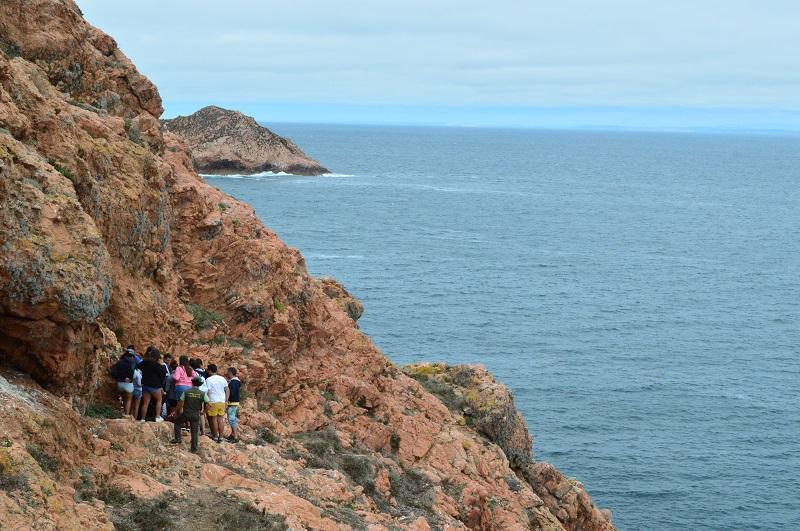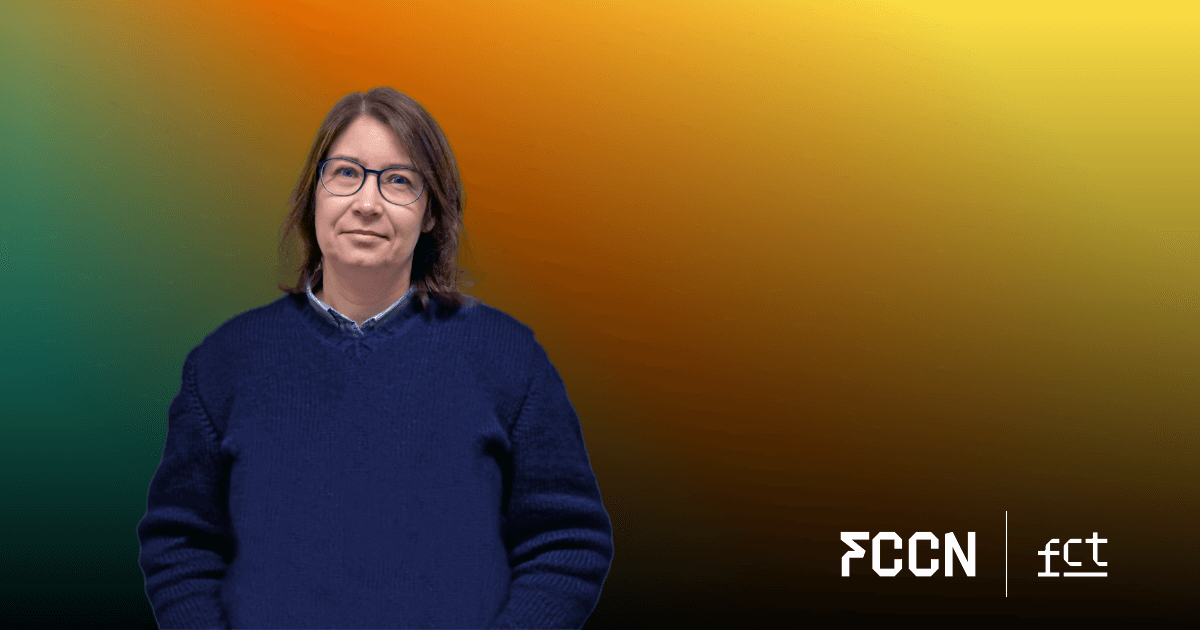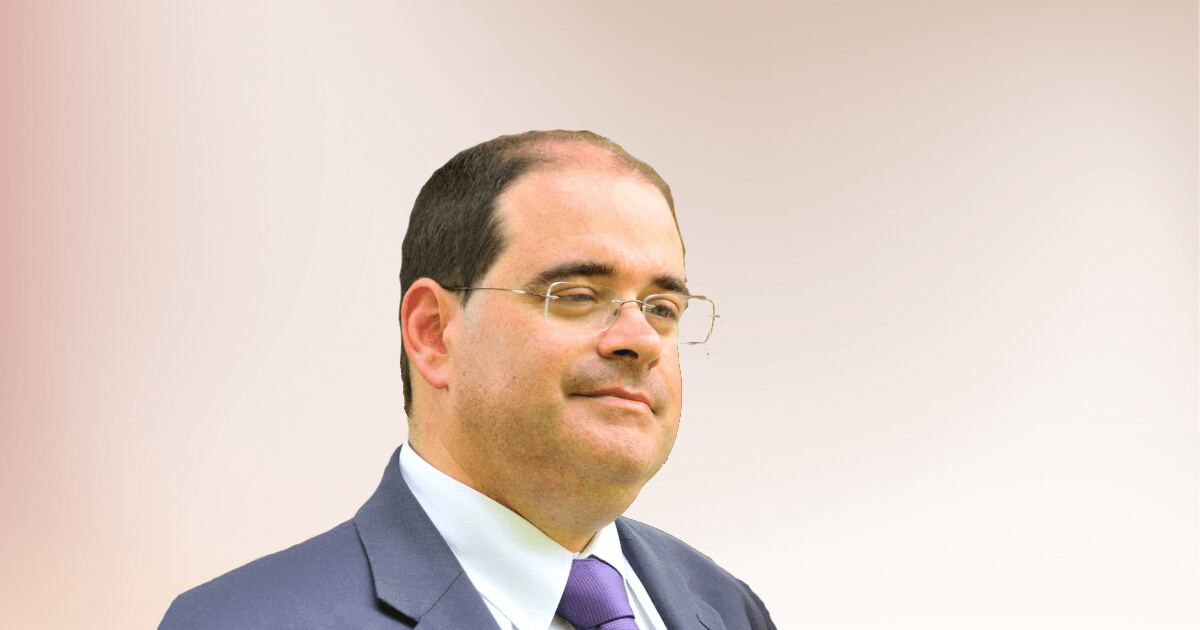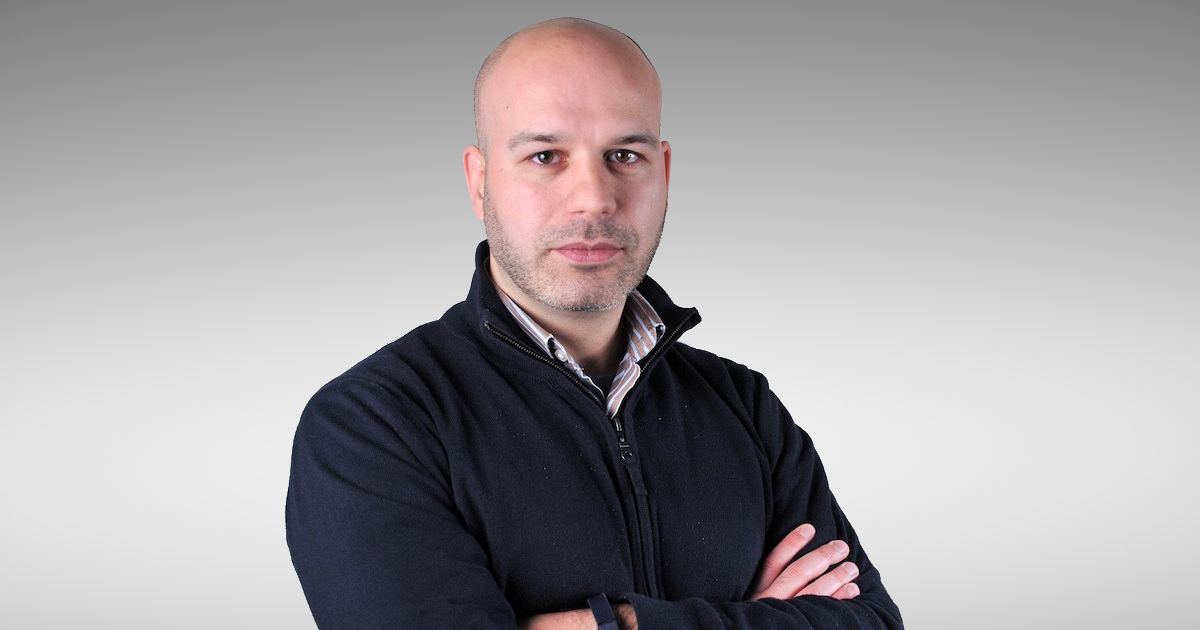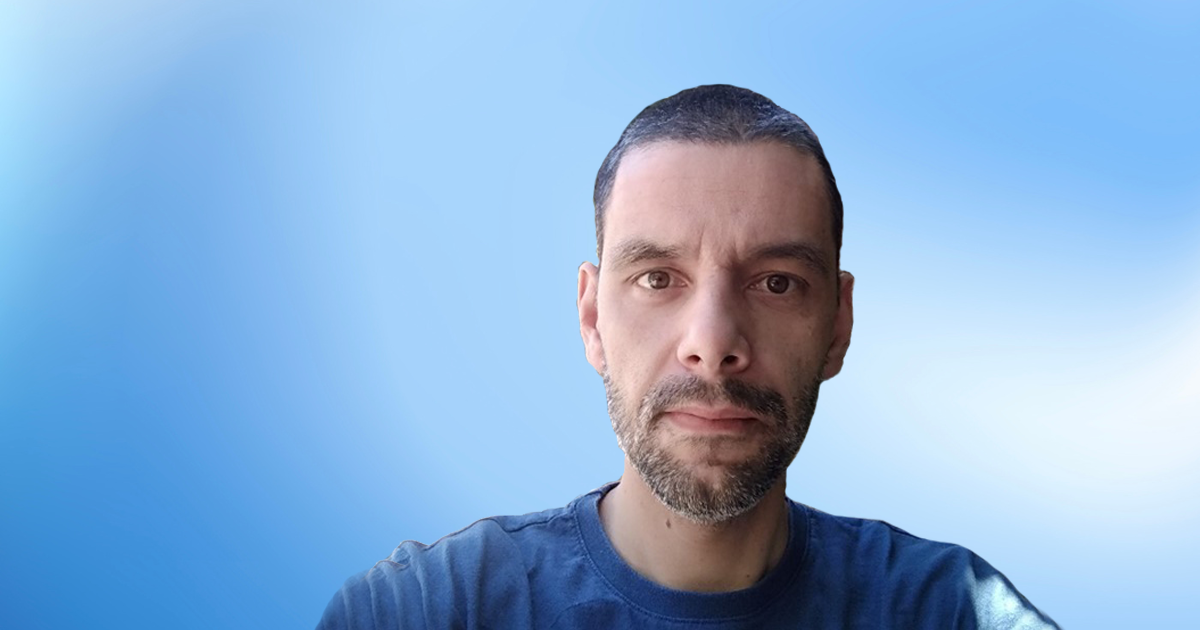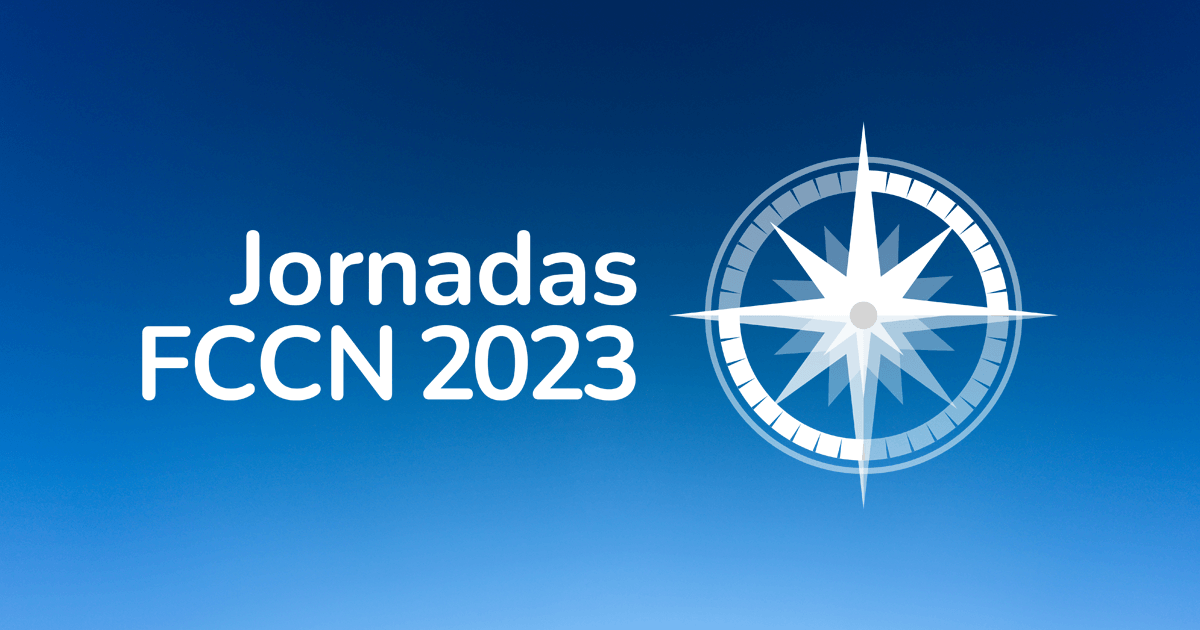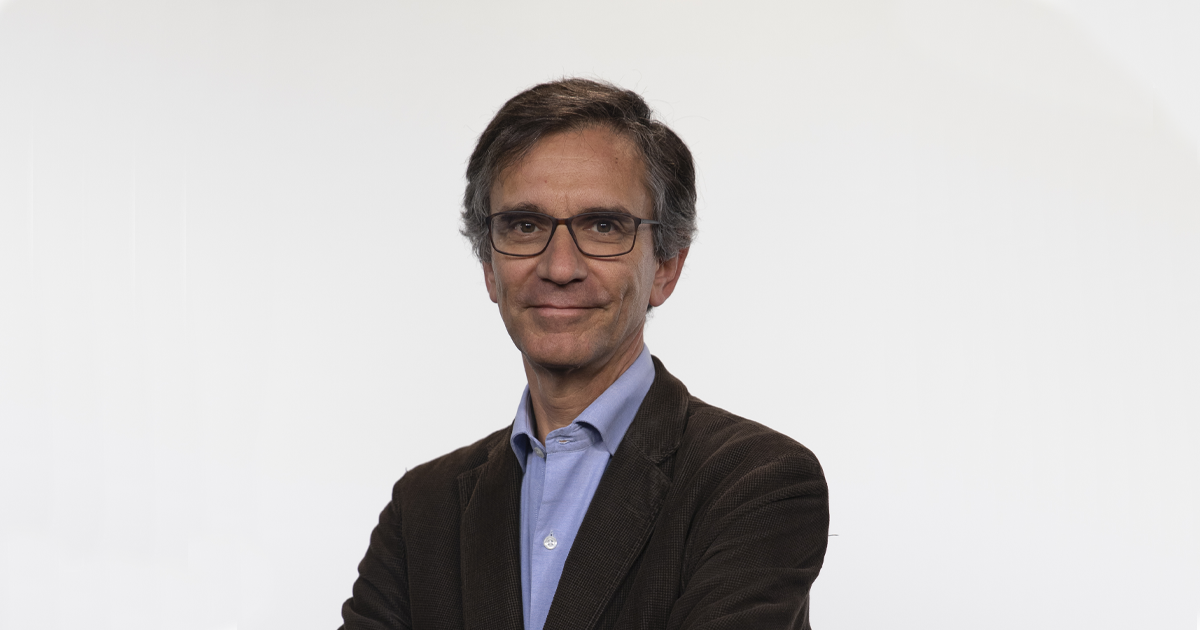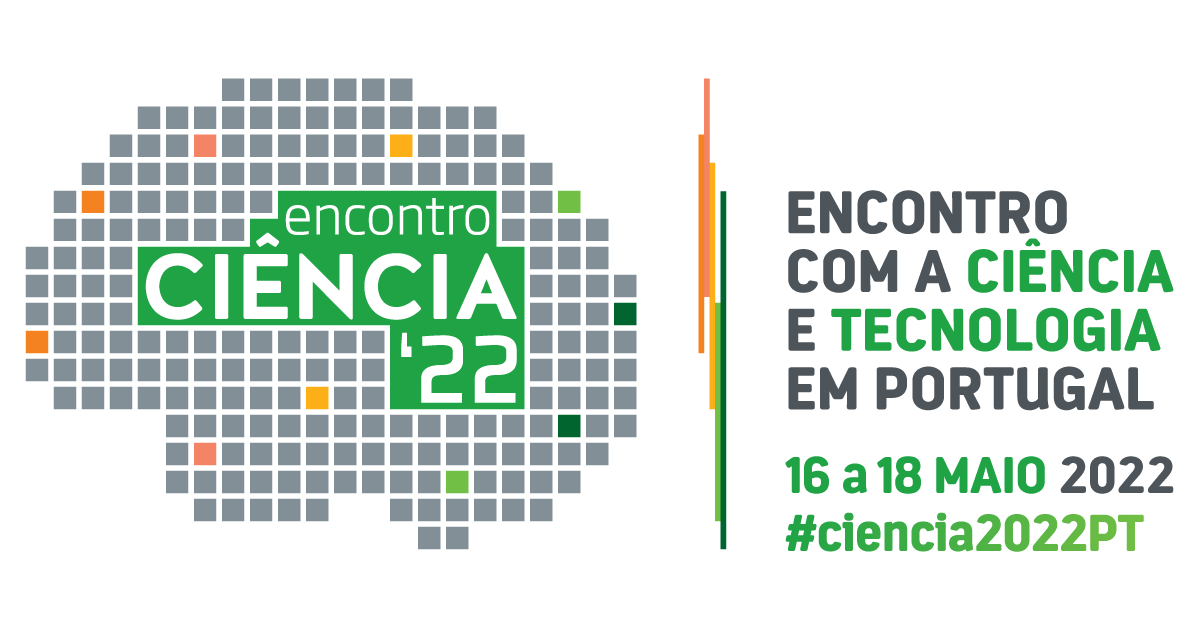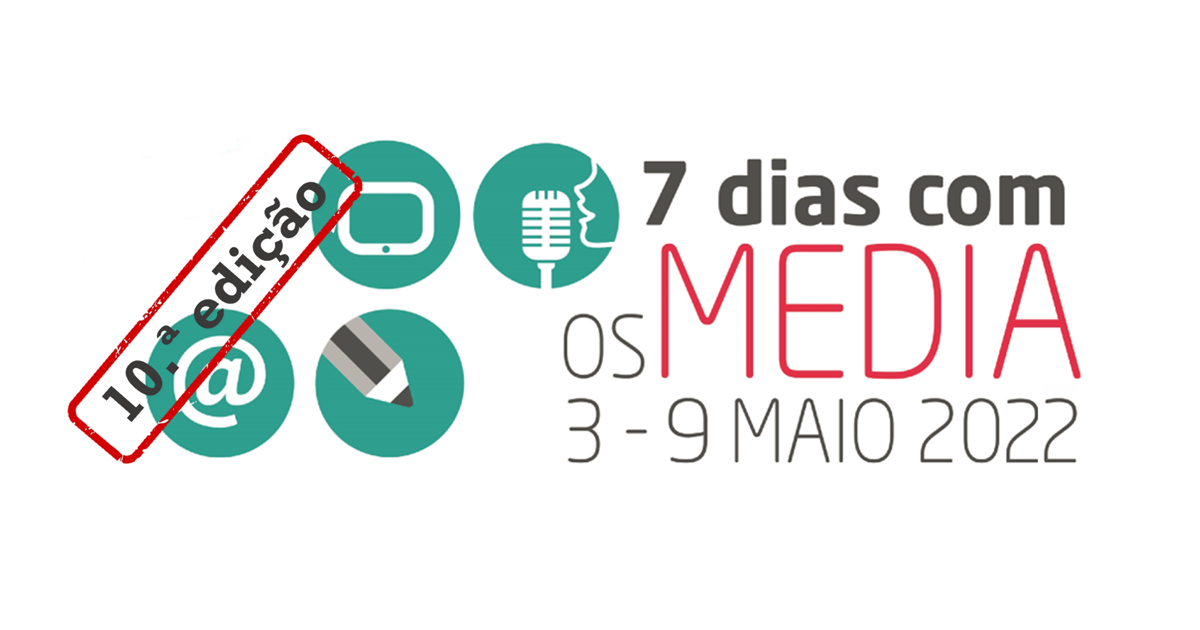The marine conservation technician at the Portuguese Society for the Study of Birds (SPEA), Nuno Oliveira, describes the role of the service managed by the FCCN Unit, of the FCT, Videocast, in the project “Cagarras nas Berlengas” | Nature on the Web” – an initiative that seeks to “promote environmental education and awareness” through uninterrupted, live transmission from a nest of this bird species.
How did the Videocast service come about as part of the "Cagarras nas Berlengas | Natureza na Web" project? And what can you tell us about this project?
The opportunity arose at the invitation of FCCN in 2019, when the revitalization of the "Natureza na Web" program was being planned. "Cagarras nas Berlengas | Natureza na Web" is part of a series of activities developed by SPEA to promote environmental education and awareness—one of the pillars of our mission. In our view, a well-informed citizen will be more willing to understand the importance of preserving our natural resources. In our case, we focus primarily on birds and their habitats.
What are the main benefits this initiative offers to the general public?
The main objective of this initiative is to bring into people's homes a reality previously inaccessible to the average citizen: life inside a seabird nest. In this case, a shearwater. Thus, with minimal disturbance, people can visit the nest and observe the chick's growth or the adults feeding. Seabirds, despite being one of the most threatened bird groups globally, also remain the least known.
"Videocast is a tool that is here to stay at SPEA and has enormous potential that we intend to continue exploring."
Which Videocast features proved ideal for integration into the project? And how do you rate the experience so far?
Including "Cagarras nas Berlengas" in a broader initiative and in partnership with other entities ultimately increases the potential for promoting our little nest. On the other hand, the maintenance costs of these systems, while low, are a significant burden for a non-profit organization with no funding of its own, such as SPEA. In this sense, FCCN's support was crucial to the long-term maintenance of the project, allowing us to reduce the costs associated with the service. web streaming. This ensures access to images on the web for a virtually unlimited number of users. The support from FCCN technicians has also been unwavering, enabling this project to reach a successful port.
Are there any other similar projects being planned?
The success of "Cagarras nas Berlengas" and its strong public acceptance led us to adopt this type of tool in other projects. We are currently preparing to install two similar systems as part of a recent project we are developing in the Ria Formosa Natural Park – Life Ilhas Barreira. One of the cameras will be broadcasting activity in a colony of Audouin's gulls, while the other will be broadcasting activity in a colony of little terns. We expect to have these cameras operational by early spring of next year.
Are there any other SPEA initiatives you would like to share?
I'd like to take this opportunity to share two initiatives in which SPEA is participating and for which we need everyone's support. The first is an initiative led by BirdLife International (of which SPEA is a partner) that calls on the United Nations to declare a healthy natural environment a fundamental human right, through a petition available at: https://www.spea.pt/campanhas/ambiente-saudavel-um-direito-humano/The second comes after the "Life Berlengas" project, which, after successfully completing, was selected as one of the eight finalist projects for the European Natura 2000 Award. Voting is now open and can be done here: https://www.spea.pt/life-berlengas-entre-finalistas-do-premio-europeu-natura-2000/
How do you foresee the evolution of SPEA's relationship with Videocast?
Videocast is a tool that's here to stay at SPEA and has enormous potential that we intend to continue exploring. In this sense, Videocast and the FCCN Unit represent essential support that we hope to maintain. We believe the potential of these systems goes far beyond dissemination. In the future, they could be used as a tool in remote monitoring systems, for difficult-to-access locations, for example. For those who work primarily at or surrounded by the sea, such as small islands and islets, videocast systems could revolutionize the way we study, monitor, and protect their natural resources.
And how do you assess the possibility of integrating other FCCN services?
There are other FCCN services that would be very interesting to explore to maximize the dissemination of SPEA's mission. I remember, for example, the FCCN studios I visited last year – a spectacular facility for use in the documentaries we have planned for so many of our projects and/or initiatives. Furthermore, given the constraints resulting from the novel coronavirus pandemic, FCCN's remote meeting services would also be an interesting option to explore.
